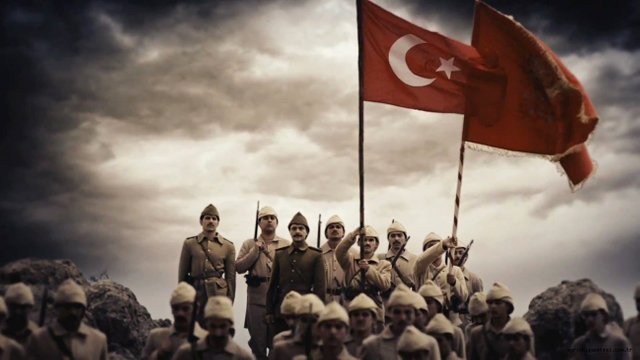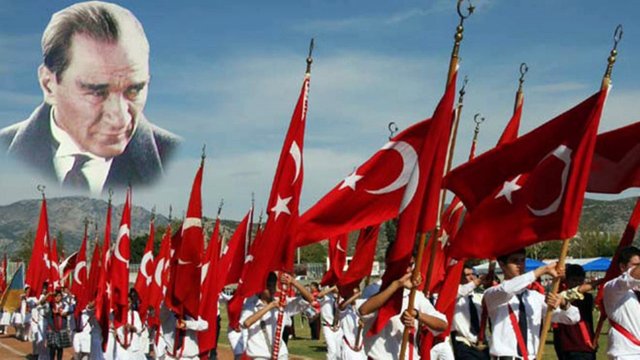The Turkish Republic: A state that unites mosaic stones of cultures into one big picture
In Anatolia, where there are many closed geographical areas for geomorphological reasons, sometimes up to sixty different principalities and city-states exist side by side throughout history. For example, the Hittite Empire was a state of dozens of languages and cultures of different principalities. Similarly, in the 8th and 7th centuries BC. soon two dozen Hellenic city-states and again two dozen principalities of the Late Hittite kingdoms, the kingdoms of Urartu and Phrygia and the principalities under Karian and Lycian rule at once.
Throughout history, Anatolia has been a "cultural mosaic" in which languages as dissimilar as those of the Lelegians, Cretans (basic elements of the Karier and Lycian languages), the Hatti, the Indo-Europeans (Hittites, Prygiers, Lydians, Hellenes, Galatians , Romans, etc.) of the Hurri, Caucasians, Semites and the Ural-Altaic language group. Such a mixture is not found anywhere else in the world.
With the arrival of the Turks, the cultural mosaic in Anatolia gradually became a cultural and spatial entity. As I said, the Seljuk Turks facilitated traffic through good roads, stone bridges and caravanserais, making Anatolia largely a spatial unit. Another step was that the Christians and Muslims living side by side during the Seljuk and Ottoman periods reduced the diversity of the cultural mosaic to two basic elements. But overcoming the natural barriers, that is, the full territorial and cultural unity, was achieved only in the time of the Turkish Republic.
Atatürk has created a secular state that, modeled on European culture, should consist of a nation with a single language and Anatolian history of national heritage. After Atatürk's death, the Turkish state, on the path laid down by the founder, in the short span of half a century solved the traffic problem by building roads and harbors in general and paved the way for the development of agriculture and industry through the construction of water dams. Anatolia has today overcome the difficulties arising from its geomorphological conditions and created the most favorable environment for the unity of space and culture in comparison with the past.
The father of the Turkish Republic, Atatürk, wanted a western, democratic and secular state. Turkey, which is a member of the Council of Europe and the OECD and has applied for admission to the EEC, feels that it is an inseparable part of the Western world, trying to develop a new culture that is in line with the Western world view, and is essentially Turkish.



The plate bearing the flag of Turkish (18th century) is stored in @tarmiziahamid Private Collection in Aceh. Thank's @turkish-trail, I really like the history of Turkey Ottoman.
Downvoting a post can decrease pending rewards and make it less visible. Common reasons:
Submit